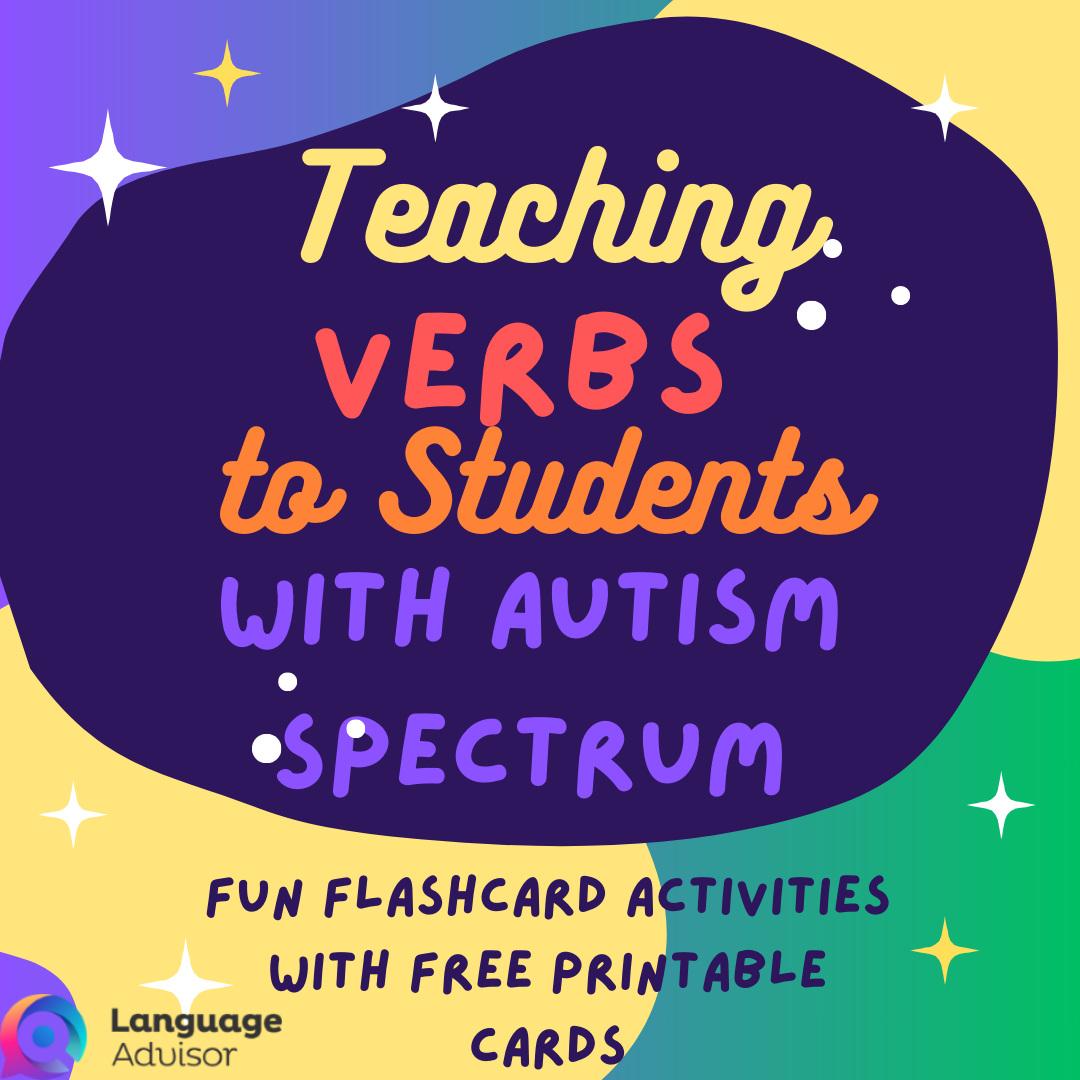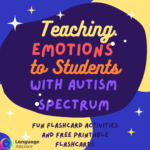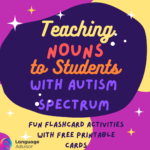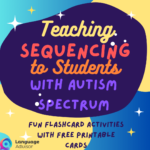Teaching Verbs to Students with Autism Spectrum: Fun Flashcard Activities with Free Printable Cards
Teaching Verbs to Students with Autism Spectrum

Teaching Verbs to Students with Autism Spectrum
Flashcards are powerful tools for teaching various concepts like emotions, nouns, occupations, verbs, and sequencing. For students on the autism spectrum, these visual aids can enhance communication, vocabulary, social skills, and understanding of daily routines. By engaging in hands-on, repetitive activities, students can better grasp these concepts in an enjoyable and supportive environment.
In this post, we’ll explore fun activities using noun cards, plus provide free printable flashcards for each category, ready to use at home or in the classroom.

Verb Cards: Learning Action Words
Verb flashcards introduce students to action words, helping them build their language skills and better understand sentence structures. These cards illustrate actions like jumping, running, eating, and more.
Why Are Verb Cards Important?
- Supports language development: Helps students form sentences and describe actions.
- Improves communication: Enables students to express what they or others are doing.
- Builds understanding of sentence structure: Nouns and verbs are key components of sentence formation.
Activities Using Verb Cards
Show a verb card and ask the student to describe what’s happening in the picture. This builds descriptive language skills.
Act Out the Verb
Hold up a verb card (e.g., “jump”) and ask the student to act it out. This physical activity reinforces understanding of action words.
Verb Sentence Construction
Show a noun and a verb card (e.g., “dog” and “run”) and ask the student to form a simple sentence, like “The dog is running.”
What’s Happening?
Show a verb card and ask the student to describe what’s happening in the picture. This builds descriptive language skills.
DOWNLOAD THE PDF FOR FREE
Final Thoughts
Flashcards are an invaluable tool for helping students on the autism spectrum learn various concepts—from emotions and nouns to verbs, occupations, and sequencing. These activities make learning interactive and enjoyable, supporting language development, social skills, and cognitive understanding.
Don’t forget to download the free flashcards and start practicing today.
Let us know how these activities work in your classroom or at home, and feel free to share your experiences in the comments below. Happy teaching!





